Spanish, mid 17th century.
Measures 5 x 3 x 1.8cm (excluding loose bail).
Manu Fica as protective amulets have been used since the ancient world, it was believed to protect from the evil eye and other dark and magical forces and to promote fertility. In ancient Rome, the fig sign, or manu fica, was made by the pater familias (father of the family) to ward off the evil spirits of the dead as a part of the Lemuria ritual. The ancient Greeks wore amulets of the gesture around the neck to protect from the evil eye, and also used the gesture in artwork. What they considered an overtly sexual gesture was expected to distract evil spirits from causing harm.
The pendant would have been worn from a belt or from a chatelaine containing other protective talismans.
This carving would have served as a token representing a persons pilgrimage to Santiago de Compostella, one of very few places in which jet can be found and mined since at least the Middle Ages.









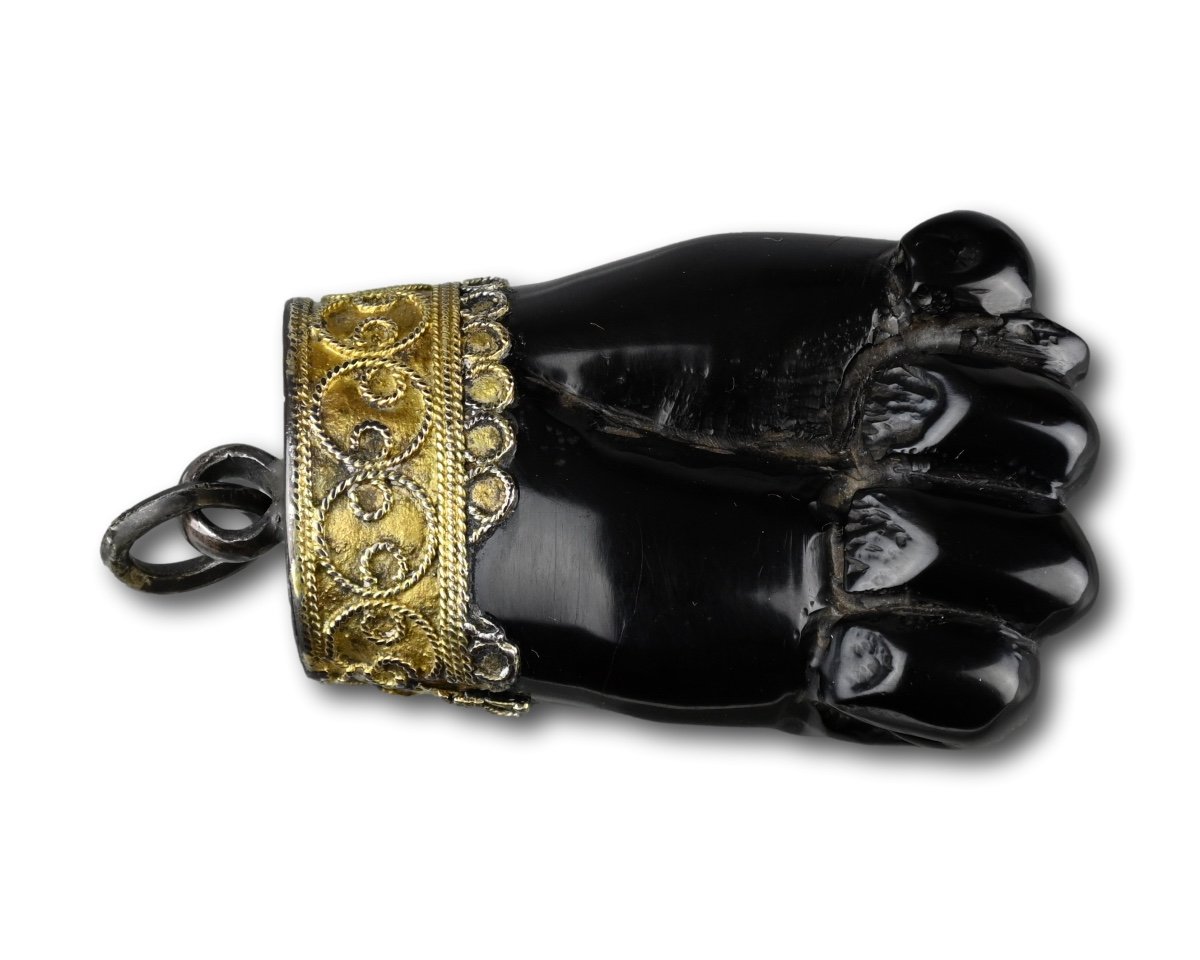
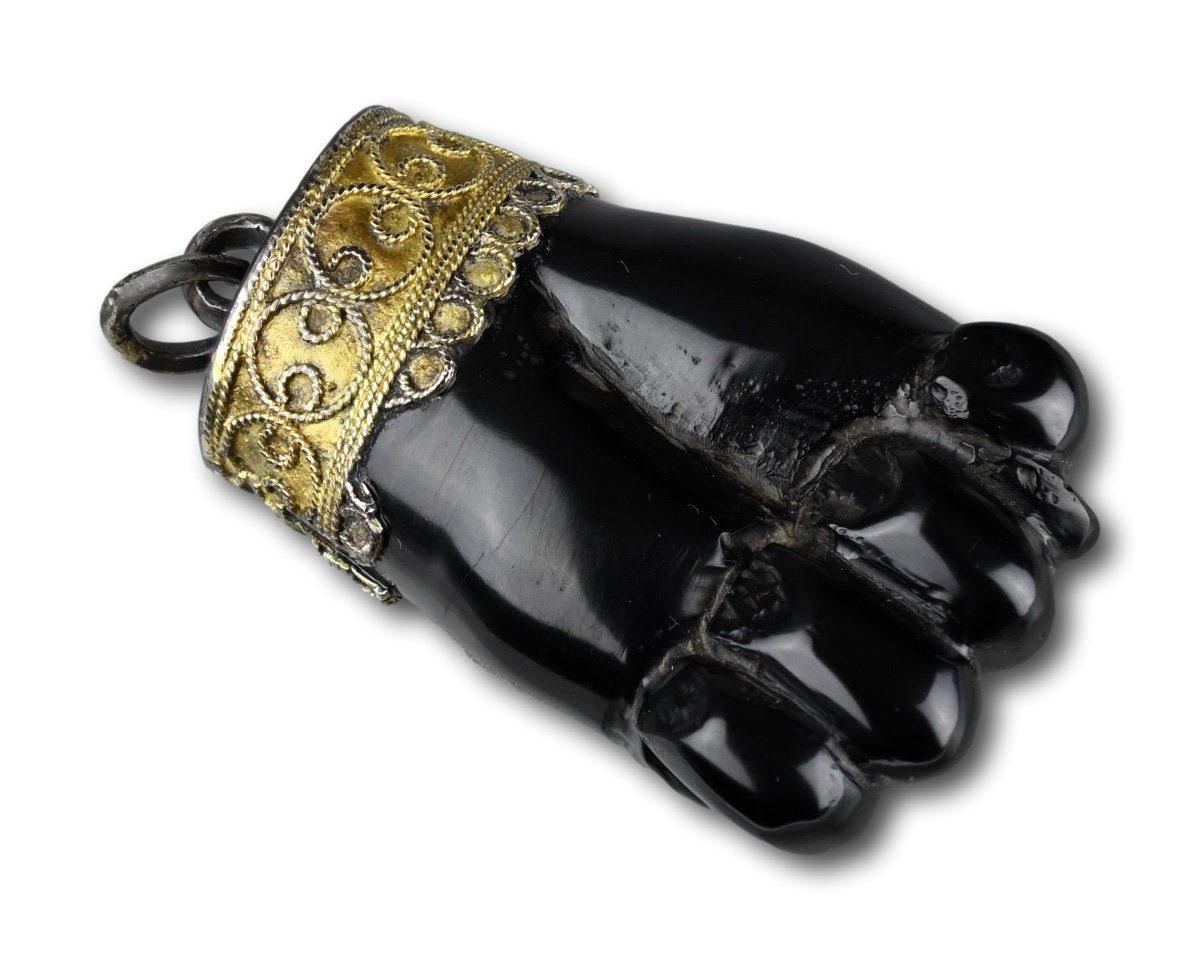



















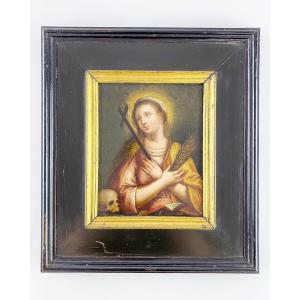
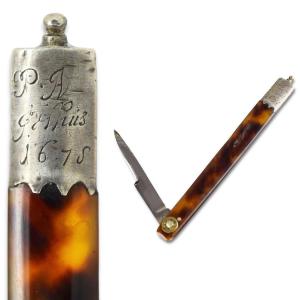

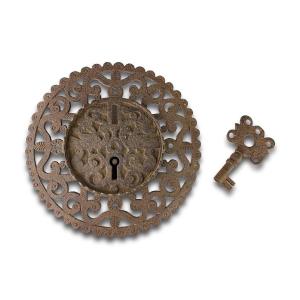
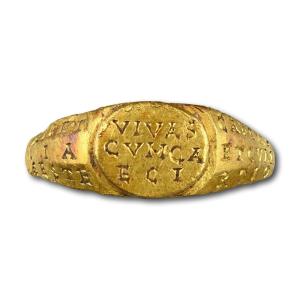
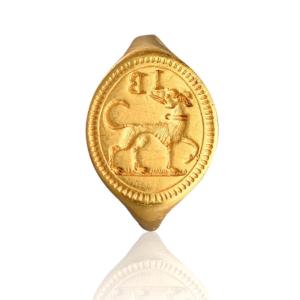
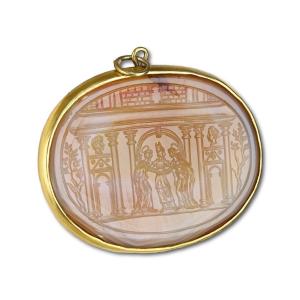
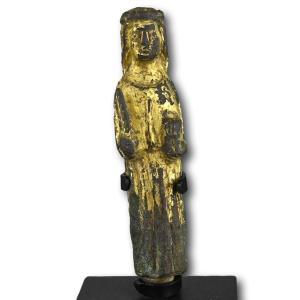


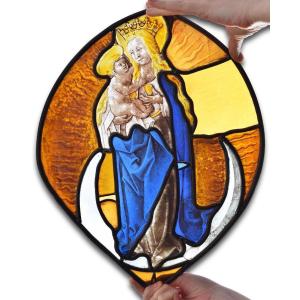

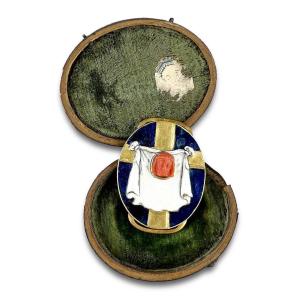







 Le Magazine de PROANTIC
Le Magazine de PROANTIC TRÉSORS Magazine
TRÉSORS Magazine Rivista Artiquariato
Rivista Artiquariato